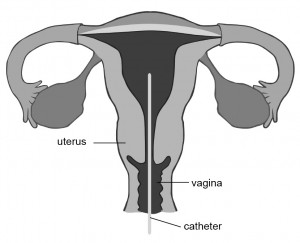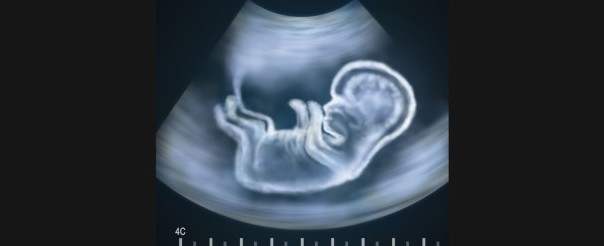Endometrial scratching is a procedure whereby the lining of the uterus (the womb called the endometrium) is gently ’scratched’ using a thin catheter which is passed through the cervix.
Who May Benefit From Endometrial Scratching?
Fertility Solutions offers endometrial scratching to women who have had more than two IVF, ICSI or FET cycles which resulted in a negative pregnancy test, despite having blastocysts suitable for transfer.
How Does Scratching Help Implantation?
Research and evidence suggests that scratching the uterine lining causes a ‘repair reaction’ which may increase embryo implantation rates:
- The repair process releases growth factors, hormones and chemicals. The new lining which grows after the procedure is thought to be more receptive to an implanting embryo and so increases the chances of pregnancy
- Another theory is called ‘gene switching’. Scientists believe that the genes which are responsible for implantation of embryos are sometimes not ’switched on’ during the time when embryos are supposed to implant. Endometrial scratching may ’switch on’ the genes that are responsible for preparation of the endometrium for implantation, which increases the chances of pregnancy.
Research is still being conducted in an attempt to understand exactly how this works.
When Is The Best Time To Have The Procedure?
The best time to perform the endometrial scratch is around the ‘day 21′ treatment planning appointment, before the IVF, ICSI or FET treatment cycle begins. In a standard 28 day cycle, ‘day 21′ comes just after ovulation, a few days before the woman’s period is due. It is suggested that the ‘scratch’ occurs after ovulation and around 7 days before a period. If periods are infrequent or irregular, the clinical team will advise on the best time for the procedure.
Preparing For The Procedure
It is vital that the patient does not have unprotected intercourse in the four weeks before the planned endometrial scratch procedure, to avoid the risk of a possible pregnancy.
In addition, the patient:
- May eat and drink normally before the procedure
- Does not need to empty her bladder before the procedure
- Should wear comfortable clothing that gives easy access to the lower part of the body
- Should bring a sanitary pad with her for use after the procedure
How Is The Procedure Performed?

Much of the procedure is similar to an embryo transfer:
- A speculum is gently inserted into the vagina so the cervix can be visualised.
- The cervix is cleaned with sterile gauze.
- A thin flexible catheter is inserted through the opening of the cervix, and the uterine lining is gently ’scratched.’
- Inserting and moving the intrauterine catheter up and down may cause mild abdominal cramping similar to period pain.
- The catheter is withdrawn at the end of the procedure. Some mild bleeding is common after the procedure
After The Procedure
After the procedure, the patient should:
- Wear a sanitary towel (not a tampon)
- Be able to drive and resume normal daily activities
- Eat and drink normally
- Take the antibiotics if prescribed by your doctor
What Are The Risks?
There is a small risk that any infection within the cervix that may spread to the uterine cavity during the procedure. After the procedure, the patient may be asked to take the antibiotics as directed, to minimise this risk. Please contact your doctor immediately if you experience any of the following symptoms within a few days of the procedure:
- Unexplained fever
- Persistent bleeding or foul-smelling vaginal discharge
- Increasing lower abdominal pain
- Feeling generally unwell
Is Pain Relief Needed After The Procedure?
Most women experience either discomfort or mild cramping (period-type discomfort) during the procedure. If necessary, your doctor will provide pain relief before you leave the rooms. Afterwards, if required, you may take over-the-counter pain killers, as directed on the packs, such as:
- Paracetamol with codeine
- Ibuprofen
Success Rates
Endometrial scratching is a relatively new technique at Fertility Solutions, so no meaningful data currently exists. But data from clinical trials suggests improvement in treatment outcomes in the group of patients who have previously had multiple failed treatment cycles.
Costs
For costs associated with this procedure please contact your specialists rooms.



